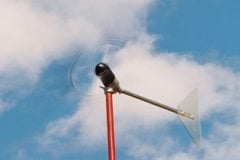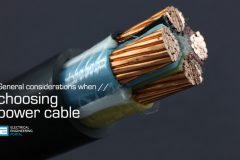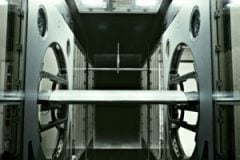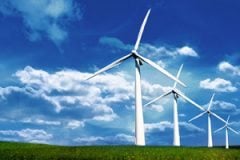https://youtube.com/watch?v=LNXTm7aHvWc%26w%3D624%26h%3D351
Cant see this video? Click here to watch it on Youtube.
An Overview of Wind Turbines
There are two basic types of wind turbine design – horizontal and vertical axis. At present, the horizontal axis turbine, with blades rotating a top a tall tower, is the most common type world-wide. However, vertical axis types are also in commercial production. Each style has its own advantages in the production of electricity.
Commercial wind turbines have become a popular source of energy to produce power, and up until fairly recently, most of the wind turbine information that you found would be a about commercial ones versus residential ones.
Today, we have seen the on set and increase in the growth of the residential wind turbine market. Typically manufactured on a much smaller scale, wind turbines for home use are manufactured in a variety of sizes ranging from roughly 7 feet to 25 feet in diameter.
Based on wind speed tests in the field, most residential wind turbine information states that you can generate anywhere from 900 to over 1,000 watts of power. Additionally, since they are much lighter weight in construction, they tend to be much more sensitive to wind speed changes and oftentimes react immediately to gusts of wind quicker than the commercial ones do. Due to the harsh reality of rising energy costs and the fact that fossil fuel supplies are rapidly diminishing, the cost of grid-provided energy is never going to stop escalating.
Herein lies the purpose of employing alternative energy. Decreasing a person’s dependence on their utility company, as well as the many countries no longer having to rely on foreign fuel sources makes wind turbine information and their use seem a lot more practical.
Using alternative energy is also witnessing a decrease in “greenhouse gas” emissions.










